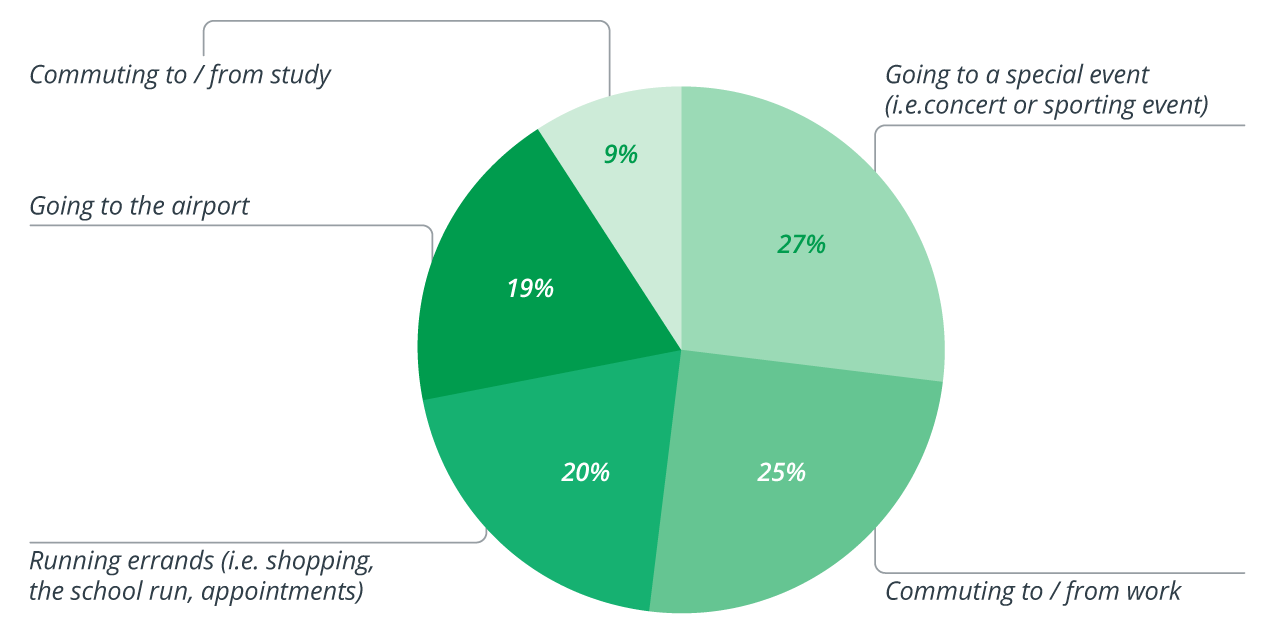Beat the peak traffic
And spend more time doing what you love
How are you flexing?
We’re not talking about your post-COVID biceps (if you went down the fitspo path) but the way you’re working. Given so many of us have embraced flexible work for the past 20 months, now is a good time to think about whether you’re able to slightly alter your work hours and get into some new work hour patterns when we return the office and get into the habit of beating the peak hour rush even before it returns.
Find out the best times to travel
Melbourne traffic is trending closer to pre-pandemic levels each day, so now is the time for drivers to consider shifting their travel patterns and save up to 1.5 hours a week.
Based on recent travel times, these are the savings drivers could make when travelling on the freeway network and CityLink by shifting their travel time patterns. Data is sourced from Tom Tom and has been analysed by Transurban traffic engineers to find the best travel time saving opportunities.
You’ve changed…
The pandemic has changed many things about our lives, including how we get around. Our research shows that in Melbourne, fewer people plan to use public transport daily after the pandemic, compared to pre-pandemic levels, while more people expect to use personal transport such as their cars or motorbikes every day.
How daily transport users in Melbourne expect their use will change post-pandemic
Public transport

Private vehicle

However, it was a different story for less frequent users of public transport, with an increase in the number of people who intend to use public transport a few times a week post-pandemic compared to their pre-pandemic use. This suggests that people who once were daily users might scale back to less frequent use, and could be part of a broader trend such as an increase in flexible and remote work.
How regular transport users in Melbourne expect their use will change post-pandemic
Public transport

Private vehicle

But we can all agree that debilitating congestion should not be the inevitable outcome when restrictions ease again and we start moving around more frequently. To overcome this challenge, we need to find ways to make the most of the existing road network.
Get up! Or snooze in…
Early riser or late starter? Either way, there’s opportunities to save time if you travel outside the peak. And these changes don’t need to leave you yawning, rubbing your eyes and onto coffee number three at 9am, you only need to change your travel about an hour either side of traditional peak hour to get some decent savings. So if you’re already an early riser, why not take off earlier? If you’re a late starter, happy days for you too.
Guess what the busiest day on CityLink is?
Friday seems to be one of the quietest days in the office, so you might think that means the roads would be quieter too, but Fridays are actually the busiest day of the week on CityLink. How does that work? Well,
- Only 25 per cent of trips on CityLink are those commuting to work every day
- And 47 per cent are on the road for a special event like a social outing or running errands like doing the shopping
So busy Fridays could more be a reflection of us getting out and about for a weekend event, doing some shopping, visiting family and friends, or hitting the road before the weekend.

